The 1970s and 1980s were a wild time for diet fads, with everyone looking for the quickest and easiest way to shed a few pounds. These decades gave us some of the most head-scratching weight loss trends, from eating nothing but cabbage soup to trying to melt fat away with vibrating belts. It was a time when celebrity-endorsed diets and gimmicky products promised miraculous results, often with little to no scientific backing. Let’s take a look back at 12 of the most bizarre diet fads from the ’70s and ’80s that, in hindsight, made absolutely no sense.
1. The Cabbage Soup Diet

This diet involved eating as much cabbage soup as you wanted along with a few other specific foods over the course of a week. The idea was that the low-calorie soup would help you lose weight quickly, but the menu was so limited that it was impossible to stick with long-term. While you might drop a few pounds, it was mostly water weight, and the monotony of cabbage soup could make even the most dedicated dieter throw in the towel. Plus, the side effects included some seriously uncomfortable bloating—not exactly worth it.
2. The Grapefruit Diet (aka The Hollywood Diet)

This diet revolved around the idea that grapefruit had fat-burning enzymes, so you were supposed to eat half a grapefruit before every meal. The rest of the diet was highly restrictive, with low-calorie meals that would make anyone feel like they were starving. While grapefruit is healthy, it’s not a magic weight loss fruit, and the extremely low-calorie intake was anything but sustainable. It turns out you can’t just citrus your way to a beach-ready body.
3. The Sleeping Beauty Diet
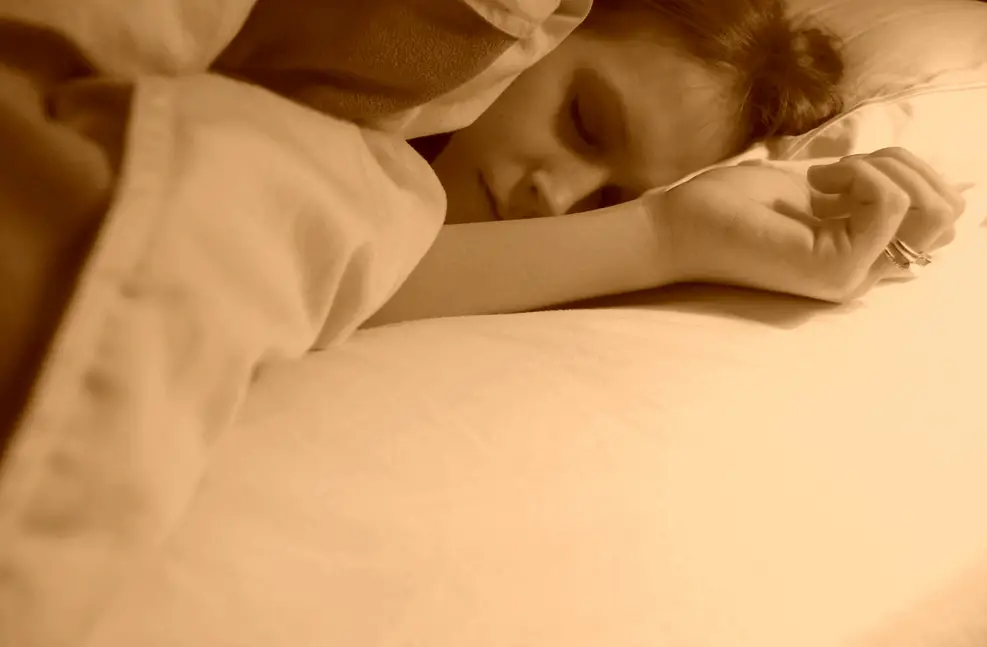
The theory behind this diet was simple: If you’re asleep, you can’t eat. Some people took this to the extreme by using sedatives to sleep for days, essentially starving themselves while unconscious. While it may sound like something out of a fairy tale, the dangers of this diet were very real, including malnutrition and dependency on sleep aids. It was an incredibly unhealthy approach to weight loss, and it’s a miracle it didn’t become a bigger disaster.
4. The Cookie Diet

Dr. Sanford Siegal’s Cookie Diet allowed dieters to eat six special cookies a day, followed by a “sensible” dinner. The cookies were packed with protein and fiber, but they weren’t exactly the chocolate chip treats people hoped for. The idea was to curb hunger with these meal replacement cookies, but eating the same bland snack repeatedly wasn’t very satisfying. It may have worked for some, but it was more of a marketing gimmick than a sustainable eating plan.
5. The Liquid Protein Diet
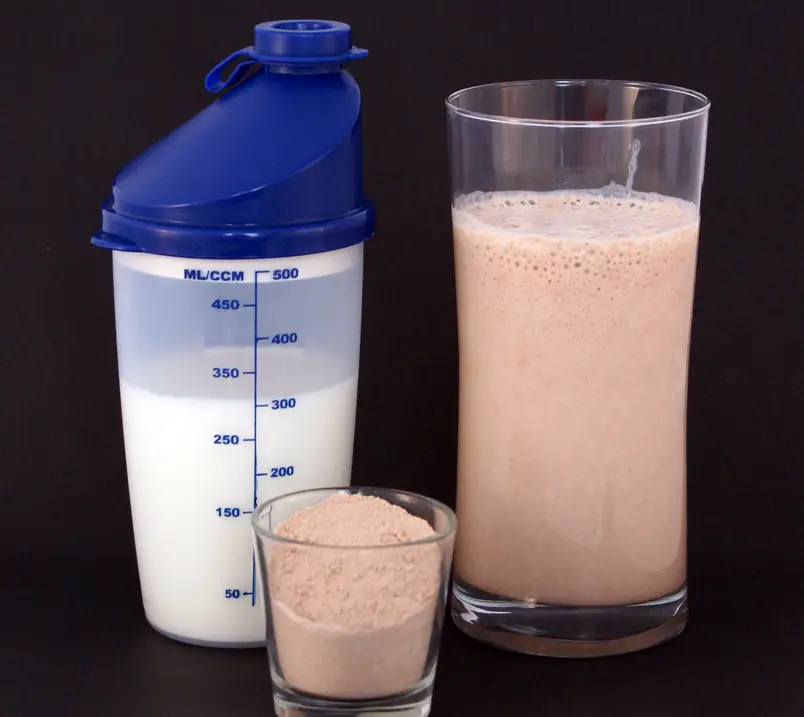
In the late ’70s, the Liquid Protein Diet became popular, involving meal replacement drinks that were essentially just liquid collagen protein. The problem was that these drinks were nutritionally unbalanced and dangerously low in calories, sometimes as little as 400 calories a day. Reports of severe health issues, including several deaths, led to widespread concern and criticism. It turns out that surviving on flavored protein water isn’t a great idea for long-term health.
6. The Scarsdale Diet
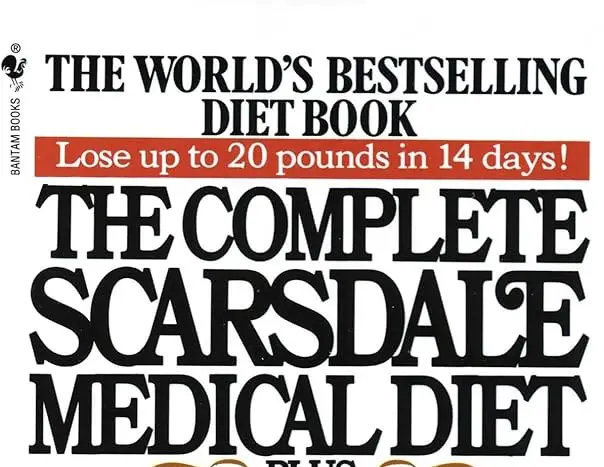
Created by Dr. Herman Tarnower, the Scarsdale Diet was essentially an extreme low-carb, high-protein plan with meals mapped out for two weeks. It promised rapid weight loss, but the strictness of the plan was overwhelming—think plain tuna, half a grapefruit, and black coffee as a meal. There was no room for snacks or substitutions, making it nearly impossible to follow without feeling miserable. The diet did produce quick results, but most of the weight came back as soon as you went back to eating normally.
7. The Fiber Diet

During the fiber craze of the ’80s, some diets suggested eating as much fiber as possible to curb hunger. High-fiber foods like bran cereals, whole grains, and vegetables were encouraged, but some people took it too far by downing fiber supplements and even eating spoonfuls of raw bran. While fiber is an important part of a healthy diet, overloading on it can lead to digestive issues, including bloating, gas, and—let’s just say—frequent bathroom trips. It turns out moderation is key, even when it comes to fiber.
8. The Beverly Hills Diet
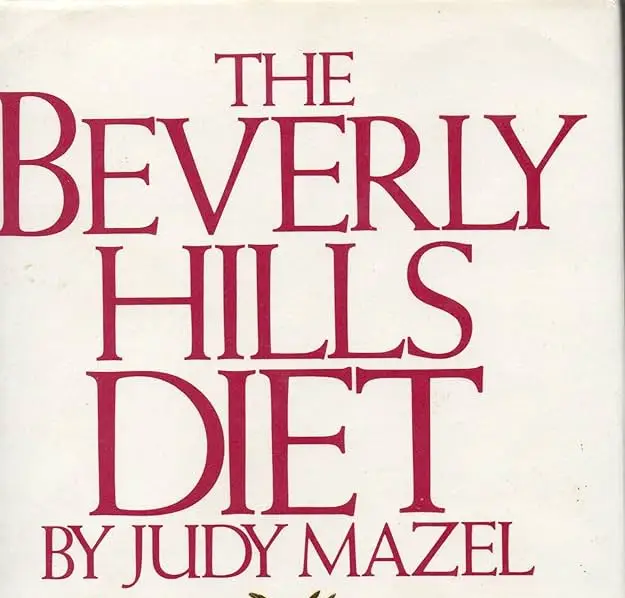
This diet focused on eating specific fruits in a particular order to trigger weight loss, with a strong emphasis on food combinations. For example, you might eat only pineapple for three days, then move on to grapes, and eventually introduce other foods. The diet claimed that different enzymes in foods would help burn fat, but there was no scientific evidence to back this up. The restrictive nature of the plan often led to nutrient deficiencies, and while you might lose weight, it wasn’t exactly a healthy approach.
9. The Banana and Skim Milk Diet
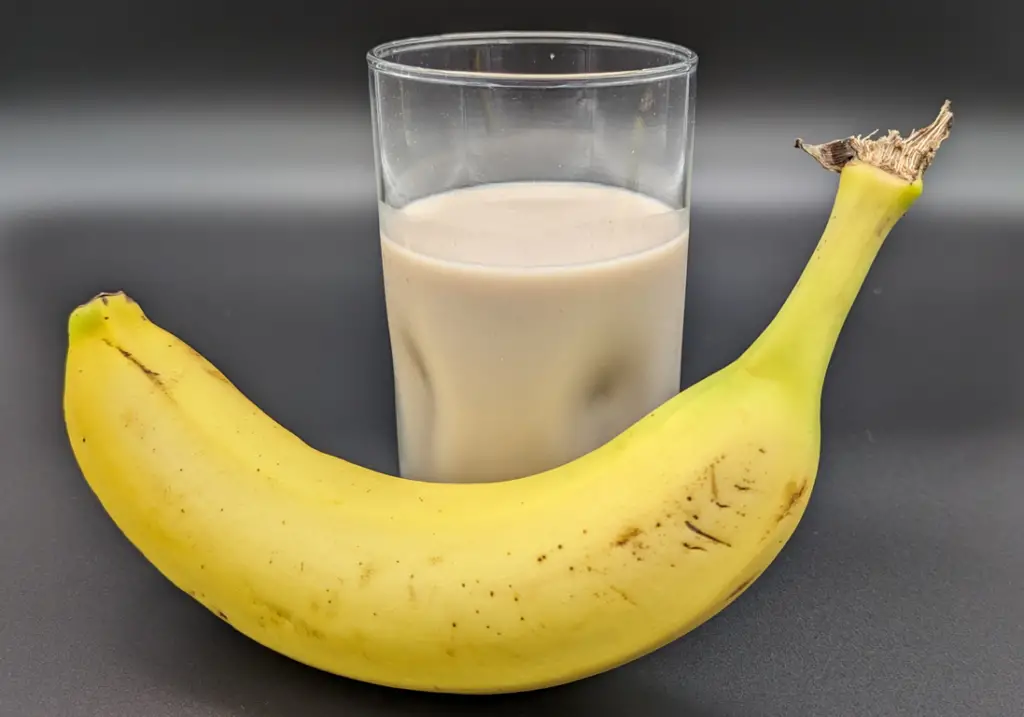
This bizarre diet required eating four to six bananas and drinking four glasses of skim milk each day—nothing else. It was supposed to help dieters shed weight quickly by keeping calorie intake low while providing potassium and protein. However, the lack of variety and nutrients made it incredibly unbalanced, and sticking to this menu for more than a day or two was a recipe for misery. It’s no wonder this diet quickly fell out of favor.
10. The Vision Diet
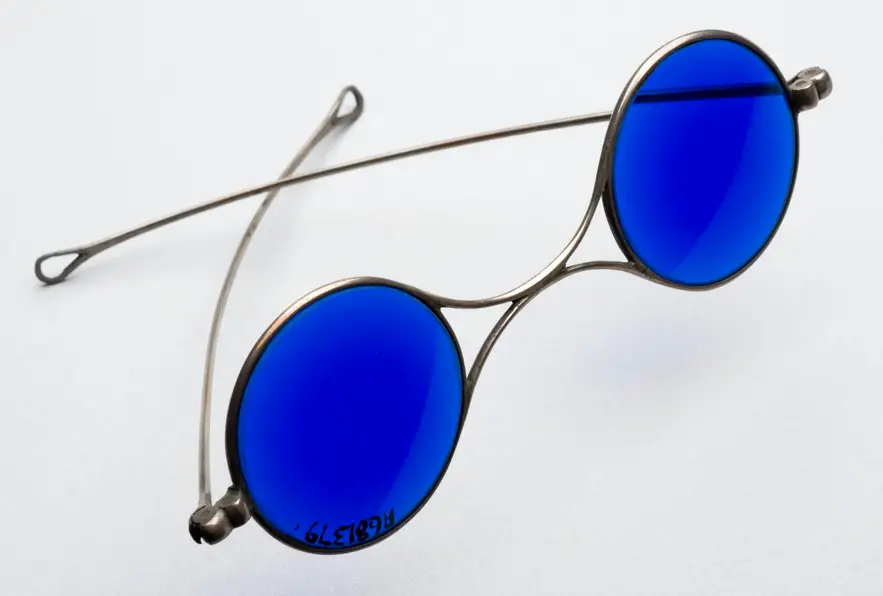
The Vision Diet involved wearing blue-tinted glasses while eating, based on the idea that the color blue suppresses appetite. The thought was that blue food is rare in nature, so your brain would find blue-tinted meals unappetizing. While it’s true that presentation affects appetite, this gimmick did little to promote healthy eating habits or real weight loss. It turned out that simply changing the color of your plate wasn’t enough to change your waistline.
11. The Drinking Man’s Diet

Imagine a diet that encourages steak, eggs, and whiskey—well, that was the Drinking Man’s Diet. Essentially an early version of the low-carb diet, this plan allowed for all the meat, cheese, and alcohol you wanted while avoiding carbs like bread and pasta. It became popular in the ’60s and lingered into the ’70s, but the emphasis on booze and fatty foods raised eyebrows among health experts. It might have sounded like fun at first, but it wasn’t exactly a ticket to lasting health.
12. The Vinegar Diet

Made famous by Lord Byron in the 19th century but revived in the ’70s, the Vinegar Diet involved drinking vinegar before meals to reduce appetite and aid digestion. Some dieters mixed vinegar with water or drank apple cider vinegar straight, hoping for quick weight loss. While vinegar has some health benefits, the diet’s claims were overblown, and the practice could lead to digestive issues and enamel damage. It turns out that vinegar isn’t a miracle elixir after all.
The 1970s and 1980s were full of strange and often dangerous diet fads that promised quick results but rarely delivered anything sustainable. While today’s diet trends aren’t always perfect, they generally rely on better science and a more balanced approach to health. Looking back at these bizarre weight-loss methods, it’s clear that sometimes the quickest fix is the one best left in the past. And hey, at least we learned that no diet should ever involve drinking vinegar or eating cabbage soup for a week straight!


